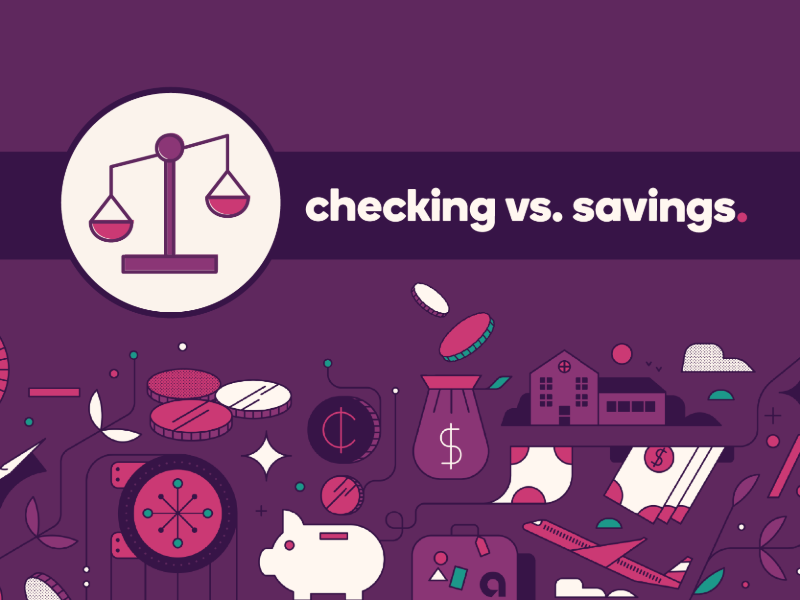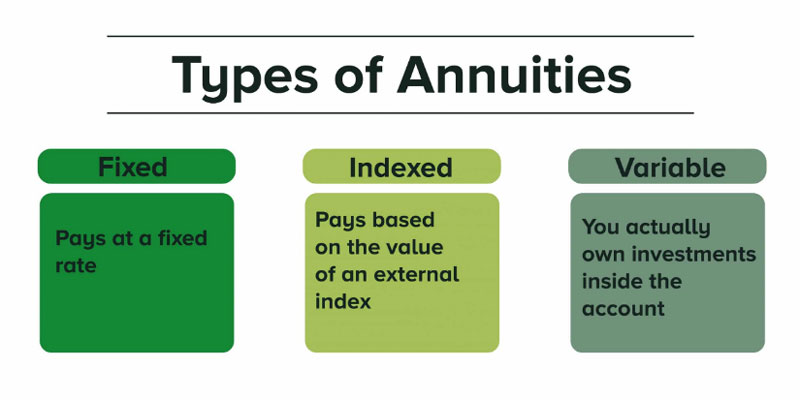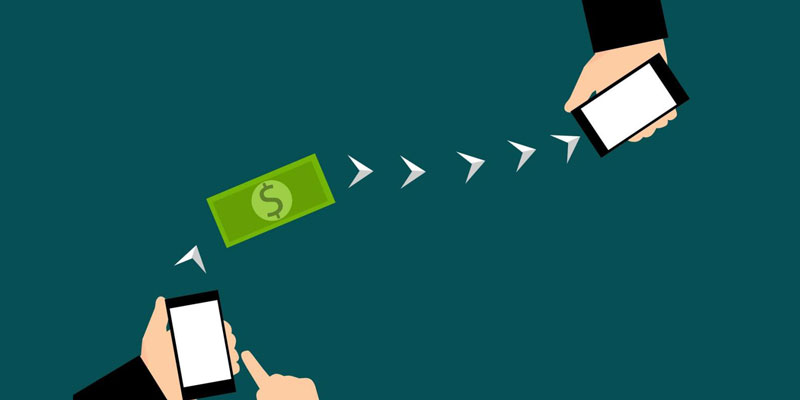Introduction
Checking vs. savings account: What's the difference? For those who have never had a bank account, the question of which type of account is better to open can be valid. A checking account is a type of bank account that allows you to write checks and perform a variety of other banking transactions, making it ideal for everyday use. A savings account is a place to put the money you don't need immediately but would like to grow over time. They have their uses, but you'll need to be aware of their differences to make the most of your money.
What is Checking Account?
An individual or business uses a checking account to conduct financial transactions, as the name suggests. Paper checks have long been the standard method of payment. However, you can pay for things these days using a debit card linked to your account or an electronic wire transfer. Debit cards resemble credit cards but can only be used with money already in the cardholder's bank account instead of being used to incur debt. There are varying degrees of security for both debit and credit cards. Many checking accounts charge up to $20 per month in maintenance fees because of the processing involved with handling transactions like deposits and withdrawals. However, if you meet the standards set forth by your bank, these fees will be removed.
What is Savings Account?
If you deposit money into a savings account regularly, your savings will grow over time. It's a haven for cash that won't be needed for some time. As opposed to checking accounts, savings accounts have more stringent rules. For instance, there is a monthly cap on the number of times you can use a bank or ATM to withdraw money. A Savings Account offers similar conveniences to a Checking Account, such as a debit card, passbook, checkbook, and access to the internet. In contrast to the Checking Account, the Savings Account provides a semiannual or annual interest payout on your balance.
Checking and Savings Work Together

You'll earn more interest if you combine your checking and savings accounts. One way to save up for a crisis is with automatic deposits. Put money down in a savings account for future trips or other special occasions. If you overdraw your checking account, the bank may deduct the amount from your savings account linked to your checking account. Most banks don't offer any other services outside checking and savings.
Certificates of deposit (CDs) are another tool that can assist with savings by providing more excellent interest rates in exchange for a longer time commitment (months to years). Financial institutions typically provide retirement planning services. A financial counselor can significantly assist you if you need assistance with an IRA or another kind of long-term saving. There are a variety of checking and savings accounts available at your bank, each with its own set of features and perks. Call a branch near you to find out what bank account is correct for you.
Difference Between Checking and Savings Accounts
What is the difference between savings vs checking accounts? Learning the distinction between a checking account and a savings account is essential before opening either one.
Account Fees
Many uses of a checking account result in fees from your financial institution. On the other hand, the fees associated with a savings account are minimal at best. You will only incur a fee from your bank if you go over your daily withdrawal limit or if your account balance falls below the minimum amount required by the bank.
Frequency of Transactions
The minimum monthly activity for a checking account is one transaction. Your bank may impose a monthly maintenance charge if you don't. To keep your savings account open, you must make a transaction once every six months. If there is no activity in your bank account, the bank will assume it is dormant.
Frequency of Usage
Your Checking Account allows you to make deposits and withdrawals at your convenience. There is no limit on the number of deposits or withdrawals you can make in a day. However, there are restrictions on how much money can be withdrawn from savings accounts daily. You will incur additional fees if you use more than three to five bank ATMs every month.
Interest Payout
The primary distinction between checking and savings accounts is the interest rate provided. Typically, checking accounts earn a negligible amount of interest from financial institutions. Interest is accrued on savings in a savings account. The interest rate on your Savings Account will depend on your initial deposit and the type of account you open.

Conclusion
This guide helped you learn the difference between checking vs savings accounts. There is a great deal of overlap between savings and checking accounts, despite their intended uses being quite distinct. Examine the monthly fee (and any opportunities to avoid it) and annual percentage yield (APY) of any savings or checking account you're considering before opening an account.



